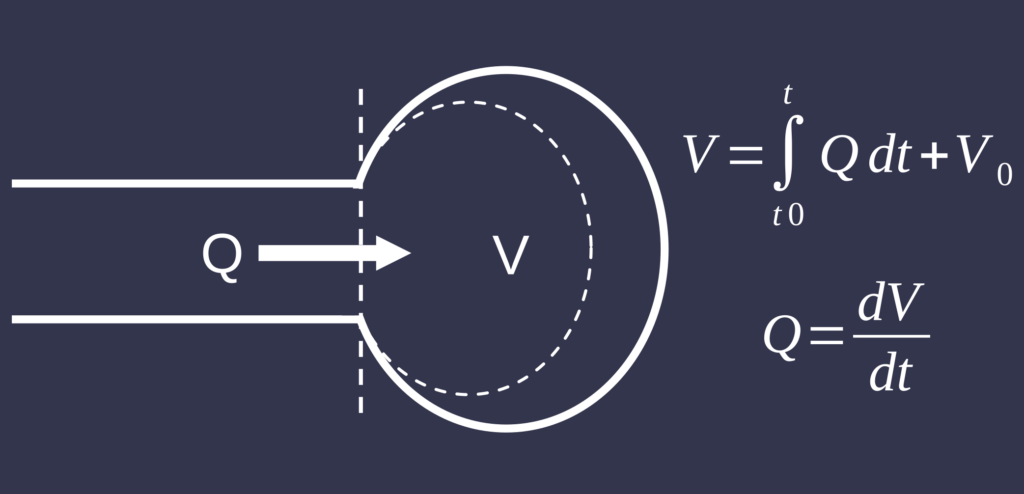The relationship between flow and volume is closely tied to the concept of time. Flow refers to how much volume of a fluid moves through a system over a specific period, while volume represents the total quantity of fluid being transported. Essentially, flow rate is the speed at which the volume is moving.
Flow rate is measured as the volume of fluid passing through a point per unit of time, commonly expressed in liters per second or cubic meters per hour. To calculate flow rate, you simply divide the volume by the time it takes to move that volume. For example, if water flows out of a faucet at 5 liters per minute, you can determine the total volume of water used over 10 minutes by multiplying the flow rate by the time. In this case, 5 liters per minute for 10 minutes results in a total of 50 liters of water.

If the flow rate remains constant, this is called steady flow, meaning the volume of fluid passing through a point stays uniform over time. A steady flow is easy to measure, as in the case of a faucet that releases 10 liters per minute consistently for several minutes. On the other hand, unsteady flow involves a changing flow rate, where the volume of fluid moving through the system fluctuates. In such cases, calculating the total volume would require taking into account the varying flow rate over time.
Understanding the relationship between flow and volume is crucial in many practical situations, from water pipelines and irrigation systems to ventilation and biological processes like blood circulation. For example, in the cardiovascular system, the heart pumps a specific volume of blood with each beat, and this contributes to the overall flow of blood through the body over time.
Flow is essentially the speed at which a volume of fluid moves, and volume is the total amount of fluid moved over time. By knowing the flow rate and the time involved, you can easily calculate the total volume, and vice versa. This relationship is fundamental in both natural and engineered systems, where controlling how fluids move is essential for efficiency and proper functioning.
In hemodynamics, flow is typically measured in either milliliters per second (ml/s) or liters per minute (L/min), while volume is measured in milliliters (ml).
